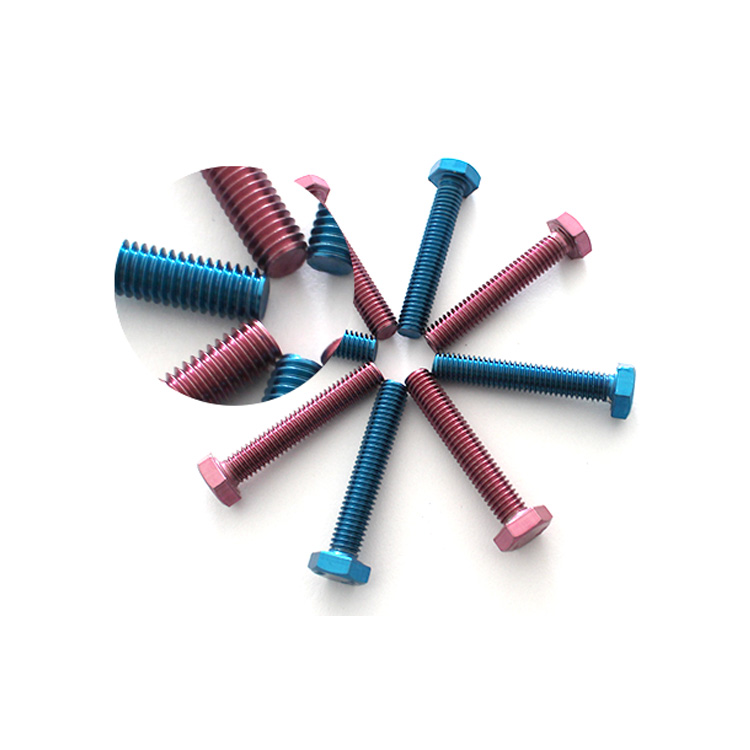What are the main components of electrophoretic paint?
What are the main components of electrophoretic paint?The main components of electrophoretic paint include resin, solvent, pigments, and additives.
Resin: The resin in electrophoretic paint acts as a binder to adhere pigments and fillers to the surface of the coated object. A variety of resins are used, typically acrylic emulsion polymers specifically formulated for electrophoretic coating applications. These resins offer strong adhesion, excellent chemical resistance, UV stability, and high temperature tolerance. Other resins used include phenolic resins, epoxy resins, and polyamide resins.
Solvent: Used to adjust the viscosity of the electrophoretic paint to ensure uniform coating on the coated surface.

Pigments: Determine the color and appearance of the electrophoretic paint, meeting decorative needs. Pigments can be generally divided into body pigments and color pigments. Body pigments, also known as fillers, play a role in the electrophoretic paint similar to that of sand or gravel in concrete. Color pigments such as carbon black and titanium dioxide are used in the electrophoretic paint to impart color and visual effects.
Additives: Used to enhance the performance of the paint film. For example, crosslinkers are an important component that play a crucial role in determining the hardness, durability, and chemical resistance of the coating film. The most commonly used crosslinkers are isocyanates, such as melamine and methylene diphenyl isocyanate (MDI). These crosslinkers undergo crosslinking reactions at elevated temperatures, resulting in harder and more durable coatings.
In addition, electrophoretic paint may also contain other additives such as surfactants, flow control agents, and leveling agents to improve surface wettability, control coating thickness, and enhance film smoothness.
Overall, the composition of electrophoretic paint varies depending on specific requirements and applications, but the main components are essential for achieving the functional properties of electrophoretic paint.





 WeChat
WeChat